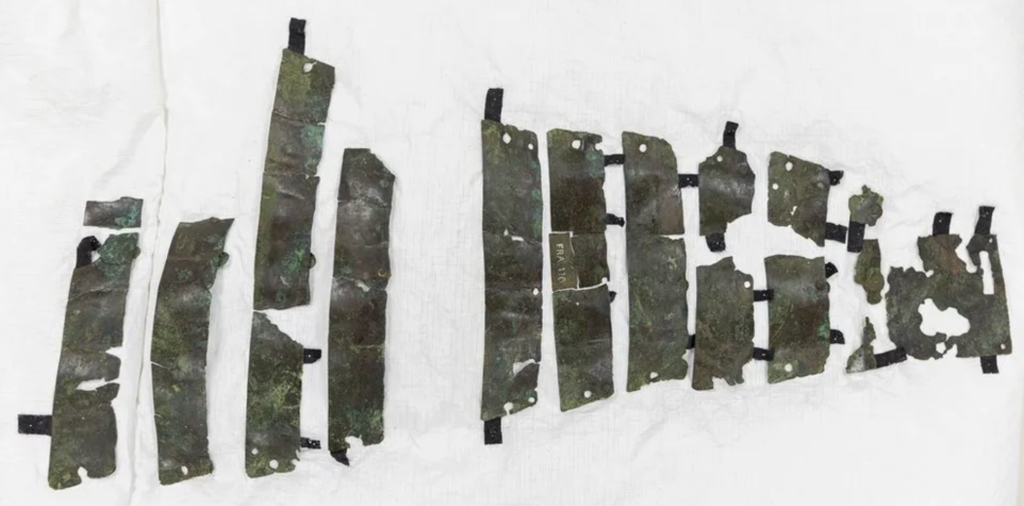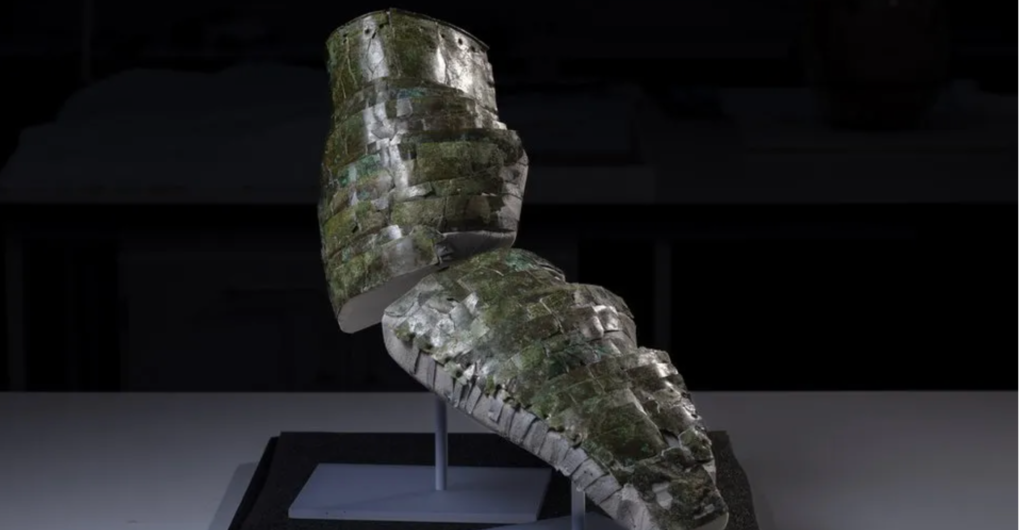
The National Museum of Scotland has restored the armband of a Roman soldier, which is approximately 1800 years old. It was reconstructed from more than 100 fragments found in the Trimontium, a complex of Roman forts in Scotland,writes The Guardian.
The armband was made in the II century from strips of brass that overlap each other like the scales of an armadillo. It is one of only three such artifacts to survive from the Roman Empire and is the best preserved.
At that time, most armbands were made of iron, which was more functional. But the brass looked like gold on the wearer’s hand and it emphasized the status of a soldier on the battlefield.
Lawyer and antiquarian James Curle found the armband in 1906 at the site of Fort Trimontium in Newstead. He thought it was a chest and shoulder shield, but could not find analogues. In the 1990s, it was identified as an armband, but only now has it been fully restored.

According to Dr. Fraser Hunter, the armband is an important part of a legionnaire’s equipment. The large-scale construction could deflect any blow, “the warrior’s right hand was fully protected. “Brass was an expensive metal back then – it was probably the stuff of a highly respected centurion, an officer in the ancient Roman army,” Hunter added.
He said that around 180 AD, the Romans faced unrest in Scotland. There is a literary reference to how the barbarians killed the general and his army.
The reconstruction of the armband lasted about three weeks. The metal is well preserved, as are fragments of the original leather on it.

According to scientists, the armband was probably left in the Trimontium when the Romans were leaving.
“When the soldiers left the location, they would simply throw away equipment that they considered unimportant,” Dr. Hunter explained.

